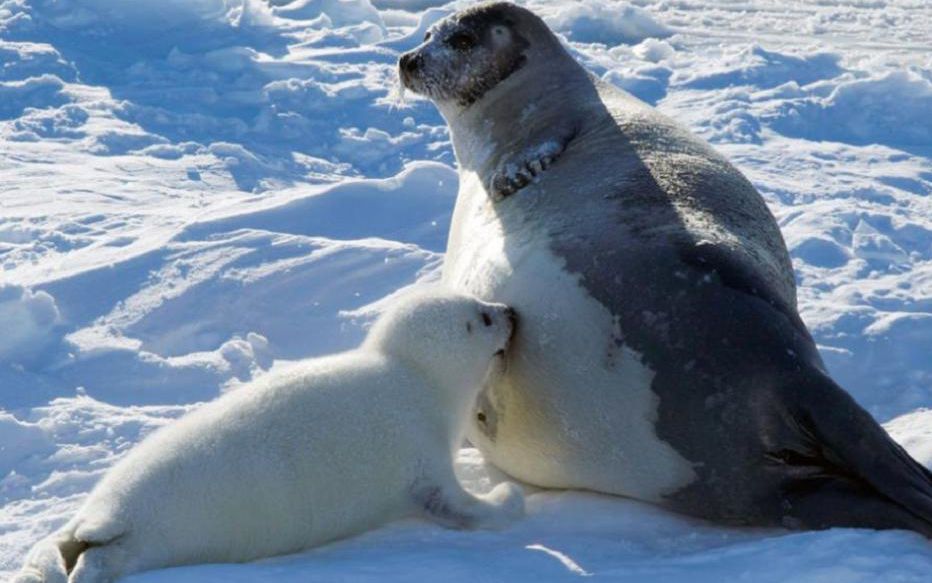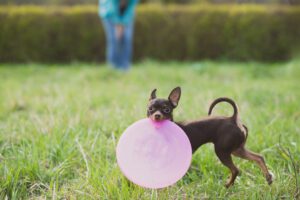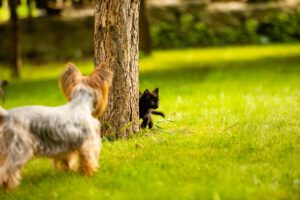A mother’s bond is not so strong

From doting parent to abandonment; harp seal mothers are very quick to give the cold shoulder
After migrating for the winter, the large expanse of unforgiving white tundra in the south is where the seals retire. Here, icy gales tear across frozen seas and the sun glares from the snowy ground. However, a habitat so seemingly lifeless holds much significance for harp seals. Crowds of thousands gather here once a year to focus on continuing the species.
Female harp seals are almost always pregnant when they arrive here and give birth to a single pup, usually in late February. While young pups are nursing, the mothers do not eat and lose up to three kilograms (6.6 pounds) of fat per day. After 12 days, each female abruptly leaves her pups and never returns. The ice is littered with stranded pups, crying for their mothers, alone and vulnerable to predators.
Mature males take this as their cue to roam the ice and look for a mate. When females leave their young, it’s not long before they are ready to copulate once again, and they waste no time in the search for a partner. Both males and females breed promiscuously, the rush to find a mate apparent before the pack ice melts and migration must begin.
Courtship begins on the ice through a fierce yet flamboyant display of dominance. In order to attract a female, males must fight one another using their sharp teeth and strong flippers. They will also call out to grab attention, shouting out over one another in a battle of vocal cords. Only the loudest and strongest seals make for potential suitors. What starts on the ice moves to the water, and copulation takes place submerged in the frosty ocean.
Once impregnated, females can delay implanting, meaning the fertilised egg becomes an embryo, but does not implant in the uterus wall immediately. This extends the gestation period from 7.5 to 11.5 months, allowing the seal enough time to complete migration and return to the pack ice before giving birth.
Small and vulnerable
Despite their chilly surroundings, pups are born with little to no protection from the cold. They have no blubber and a small body weight of 10kg (221b). This makes them extremely vulnerable and to compensate, the mother will stay by her pup’s side.
Binge eating
To increase in weight and put on much-needed fat to keep warm, the little harp seals will gorge on their mothers’ rich milk – which contains 50 per cent fat – for around 12 days. In this time, they will put on around 2.3kg (51b) a day.
Crash dieting
The mother leaves after 12 days, when the youngsters are still unable to swim or find food. The mortality rate is high, and pups will lose around 50 per cent of their body weight. They will stay here for around six weeks before they enter the water.
Sitting ducks
When the pups are left alone, there are a number of other animals they must be wary of. Polar bears, foxes, and wolves will all try to take advantage of the pup-buffet on display. Even orcas are able to snatch the unfortunate few sitting by the water’s edge.
Maternal instinct
In February, when the pack ice becomes a nursery there can be as many as 2,000 seals per square kilometre. This means the mothers need a special skill to determine which of the newborns is theirs! Amazingly they are able to identify their own pups among the masses by smell alone.















1 thought on “”
Ice lover is certainly a beautiful thing to look at.